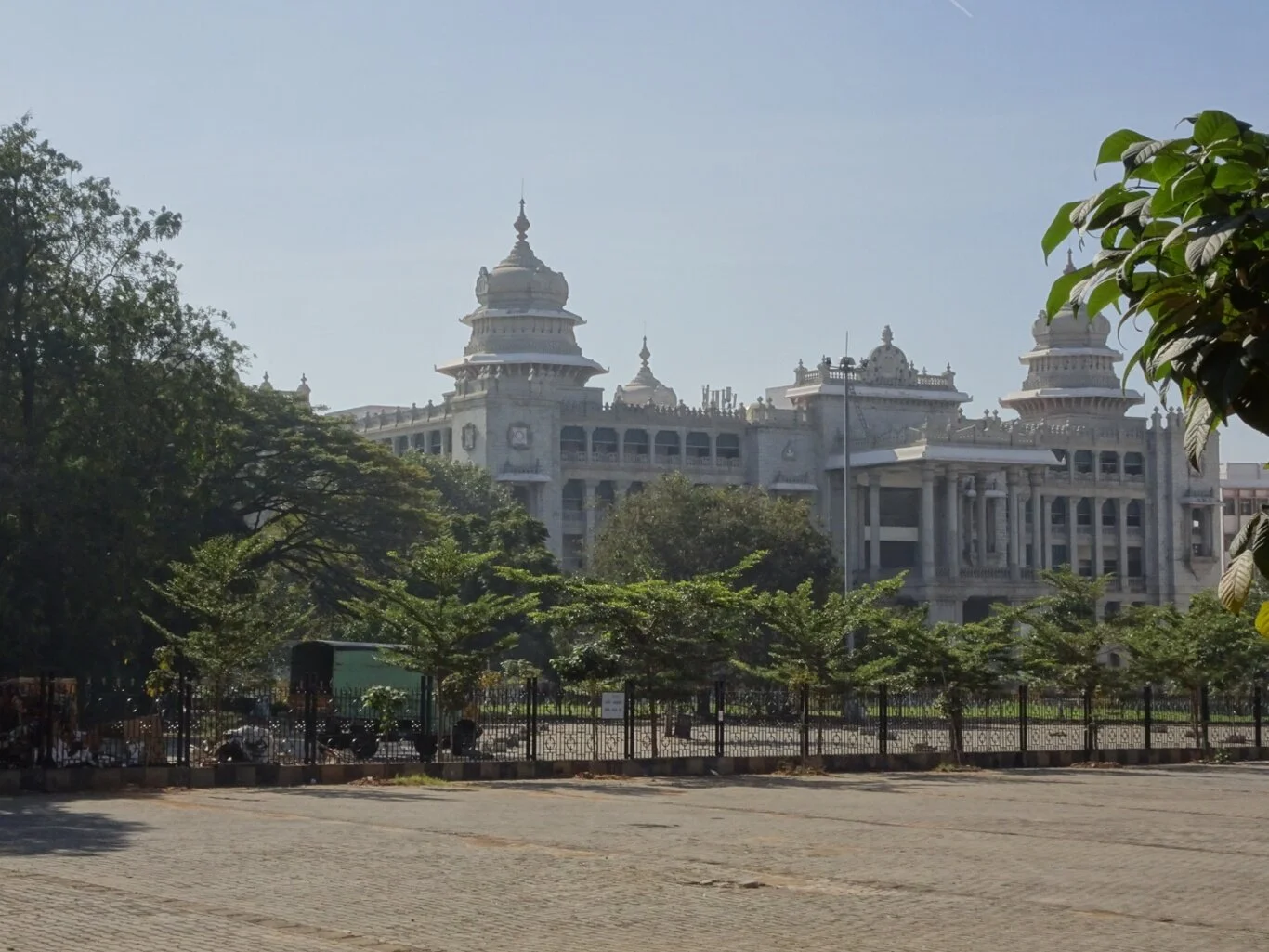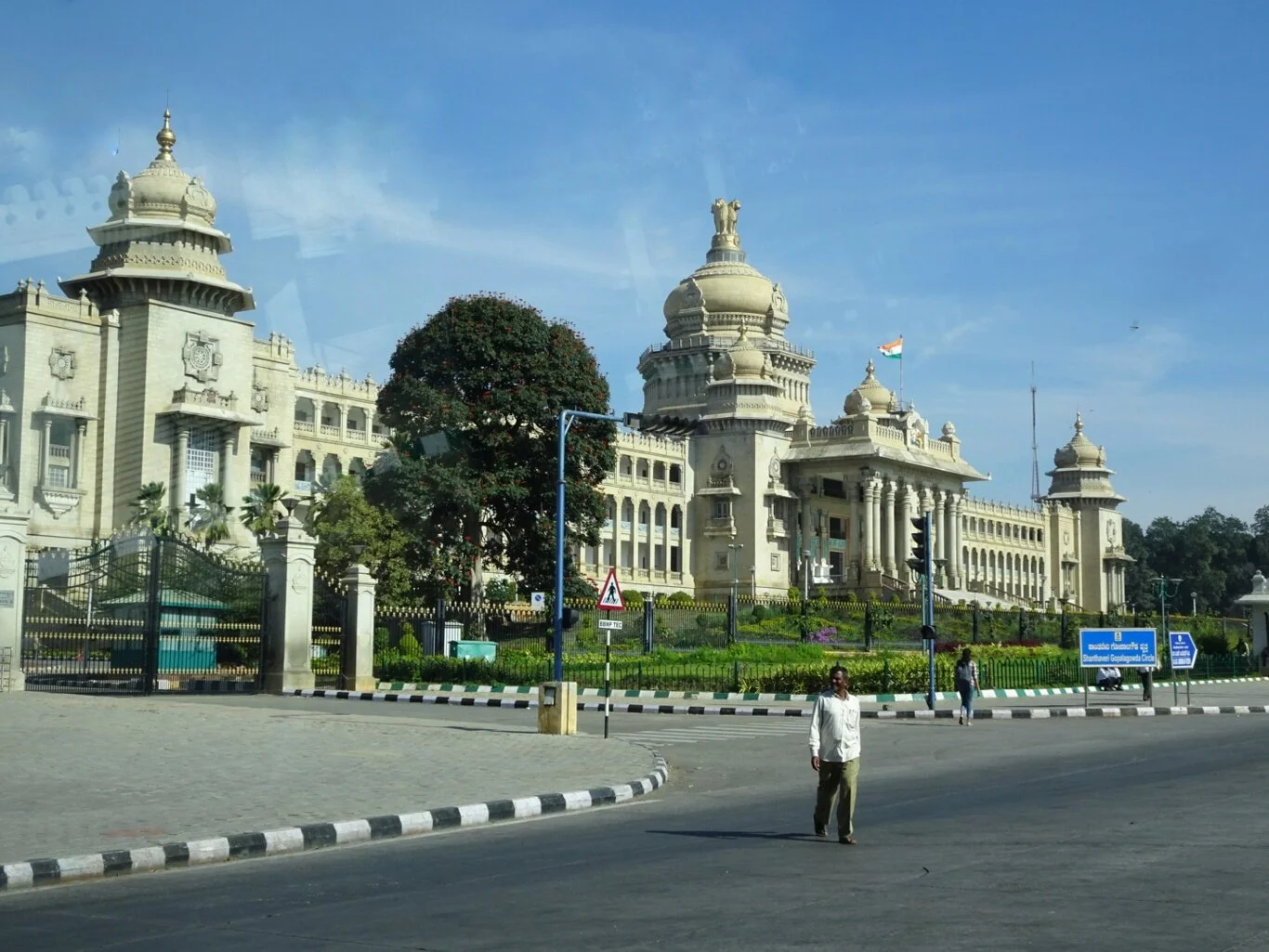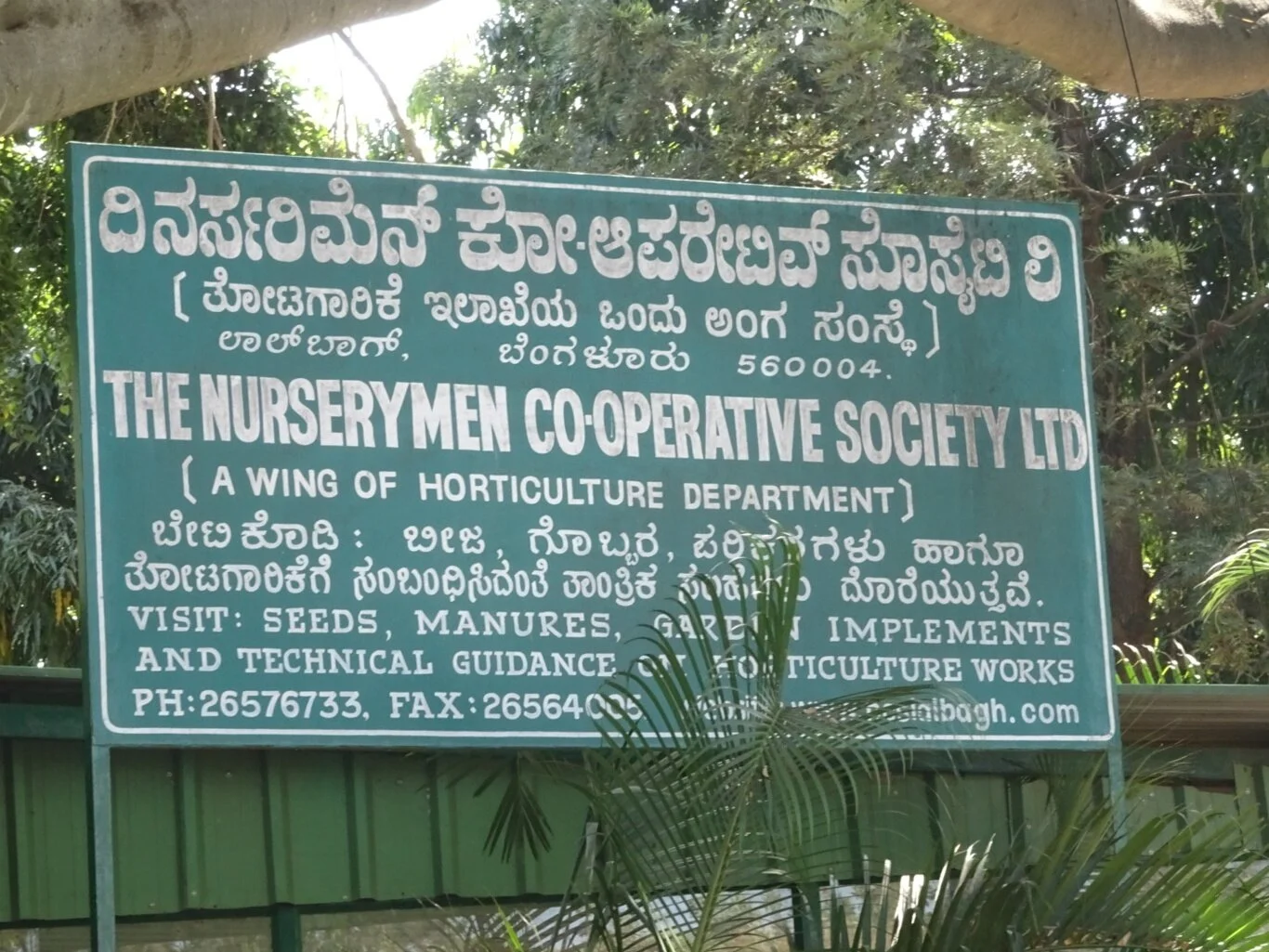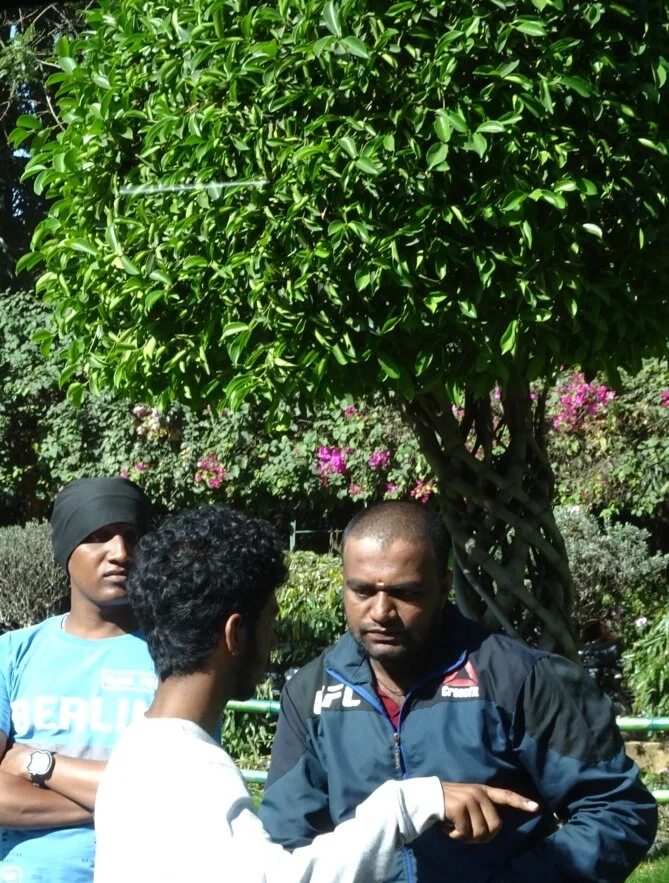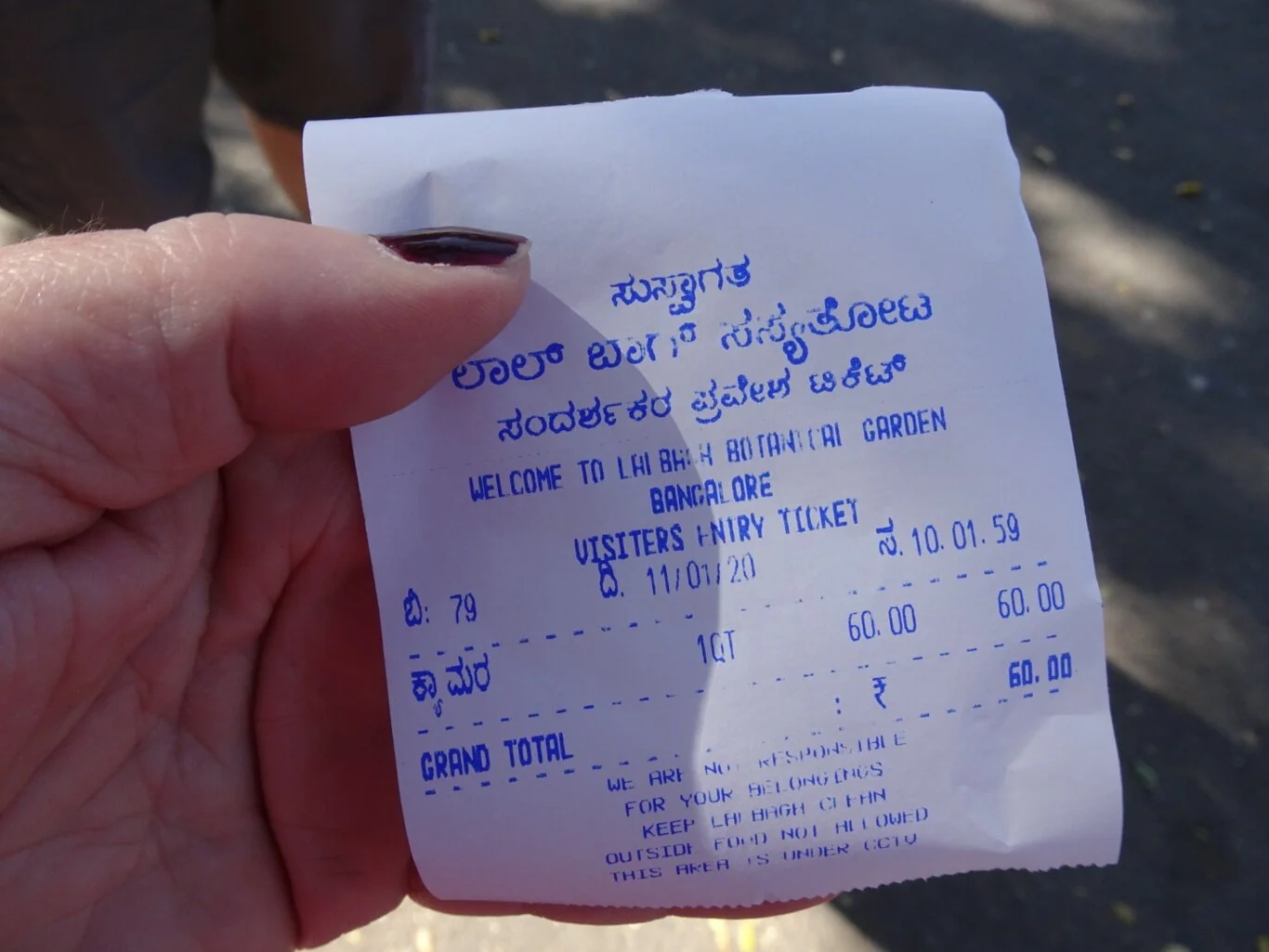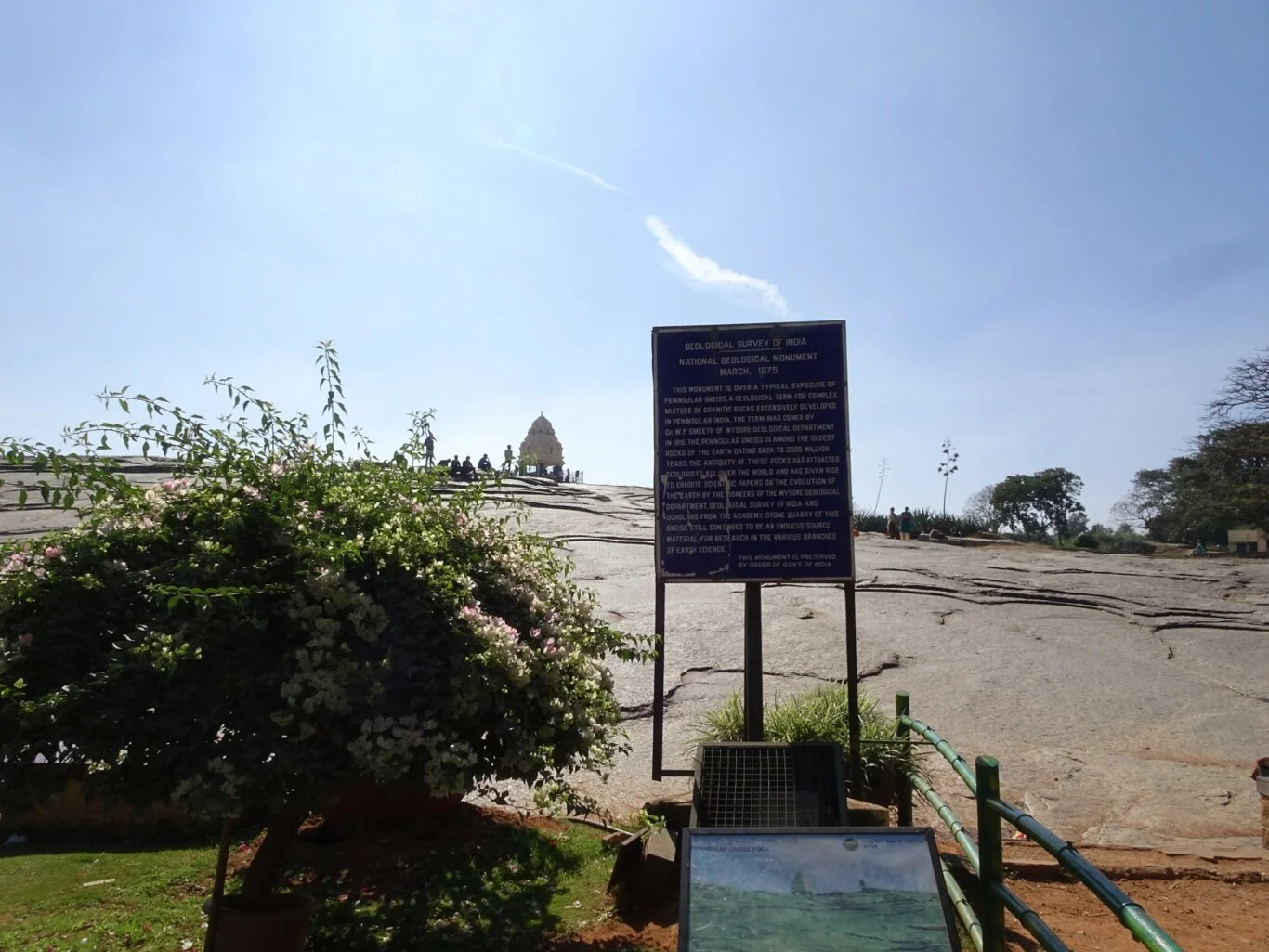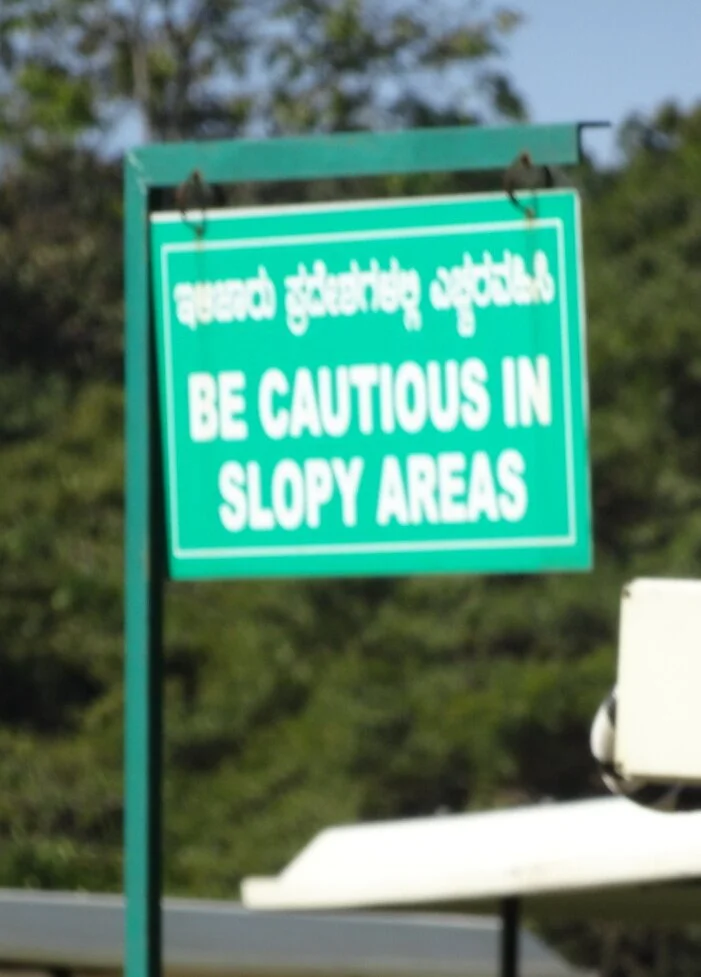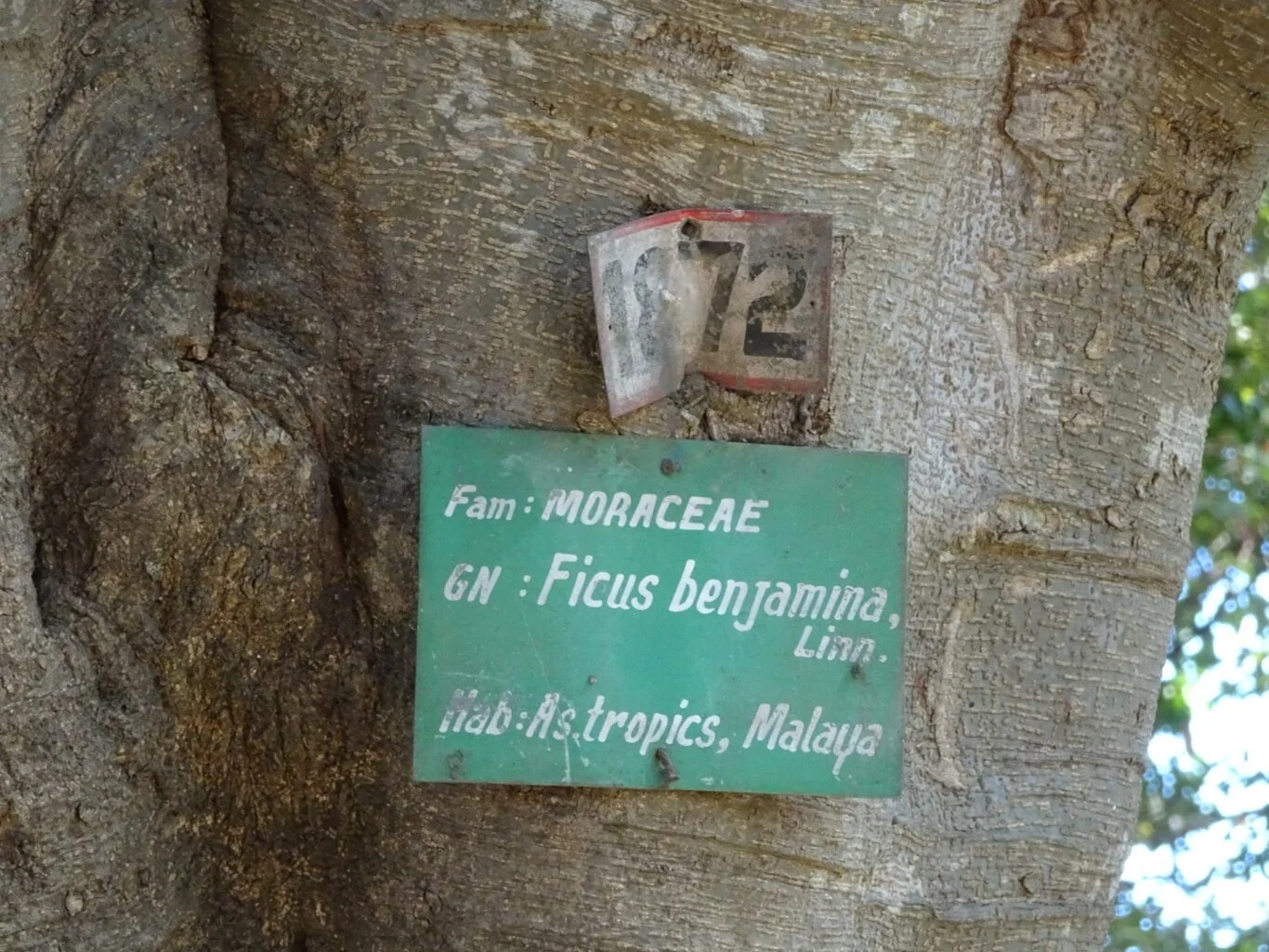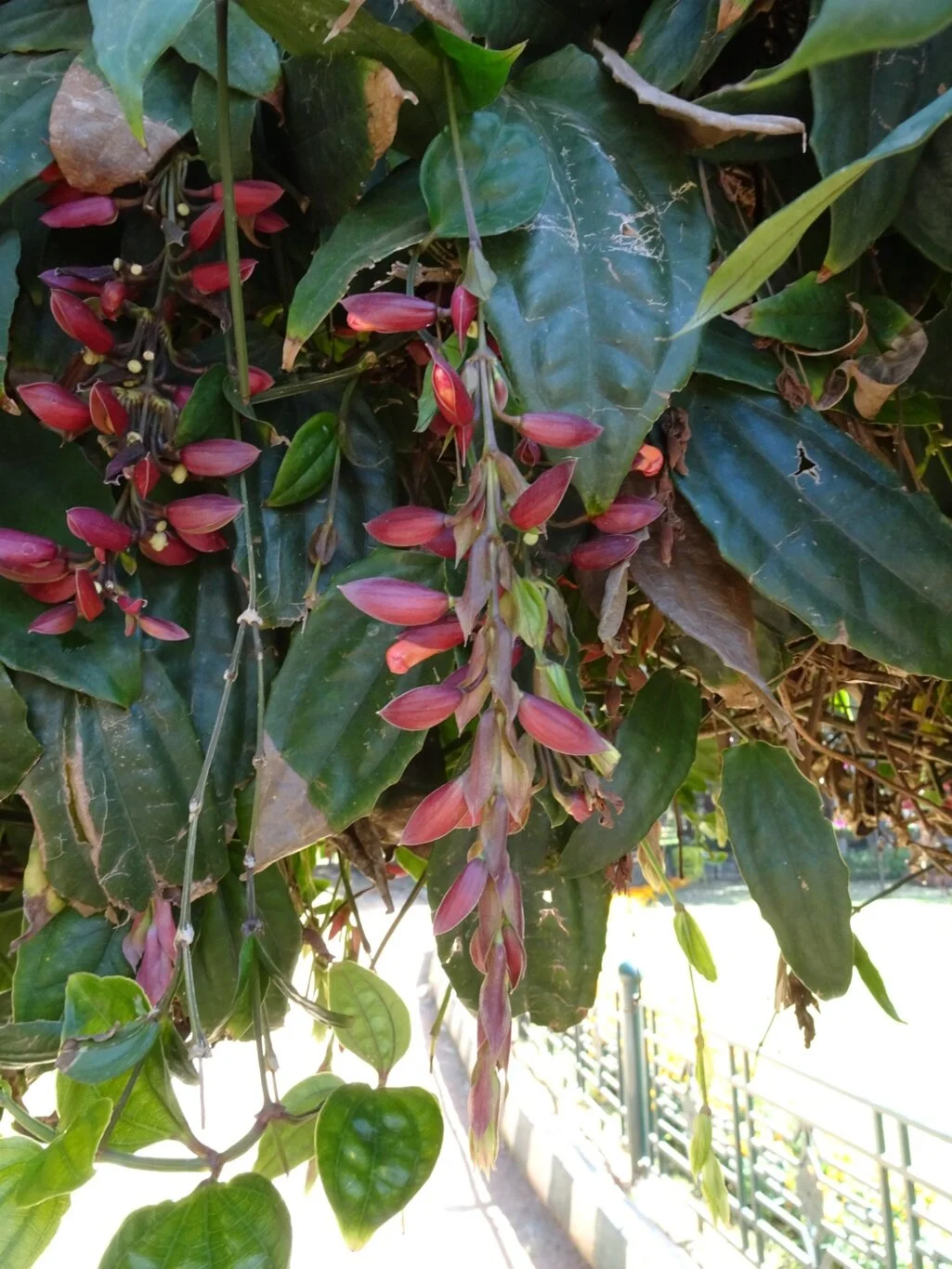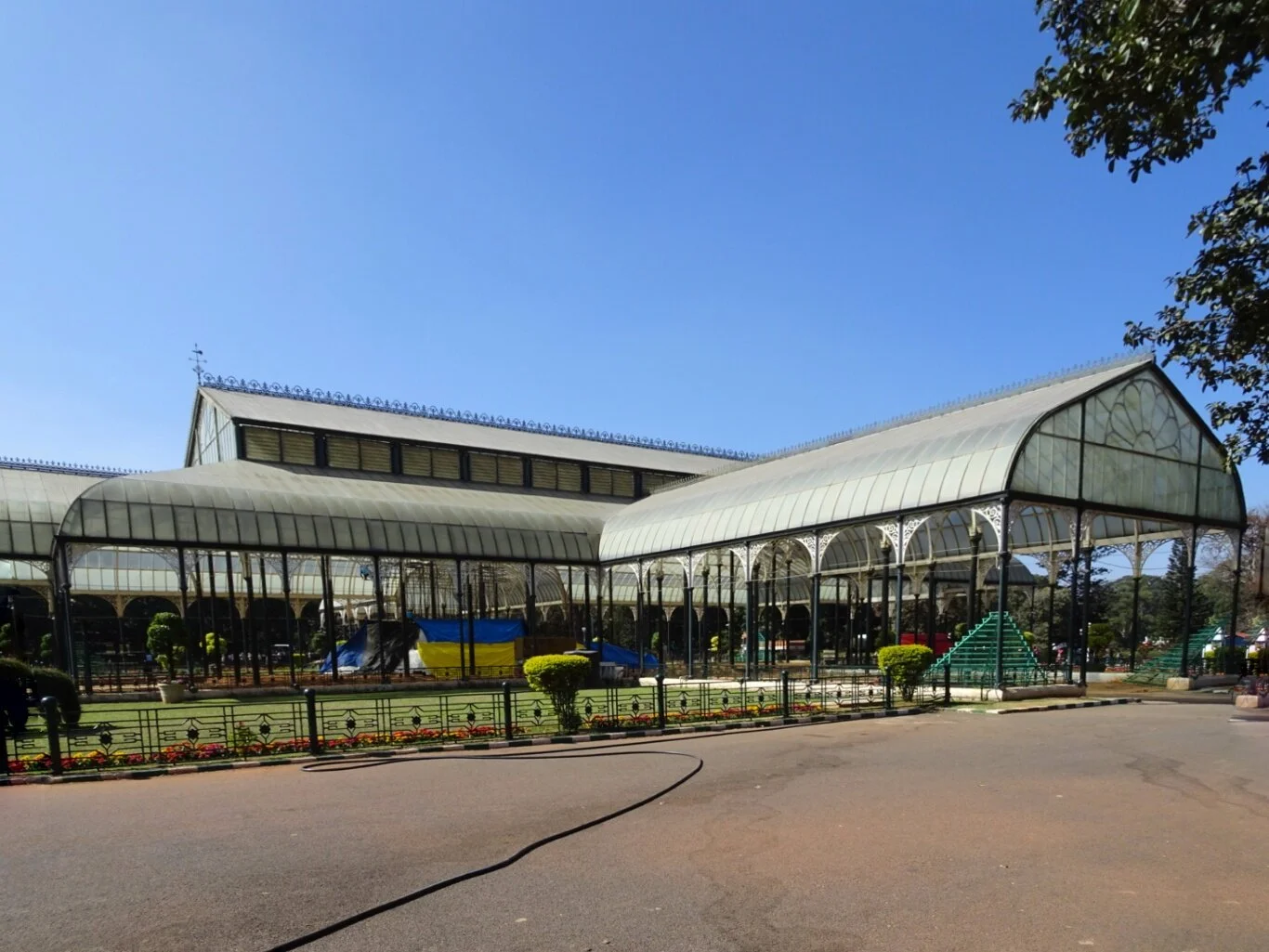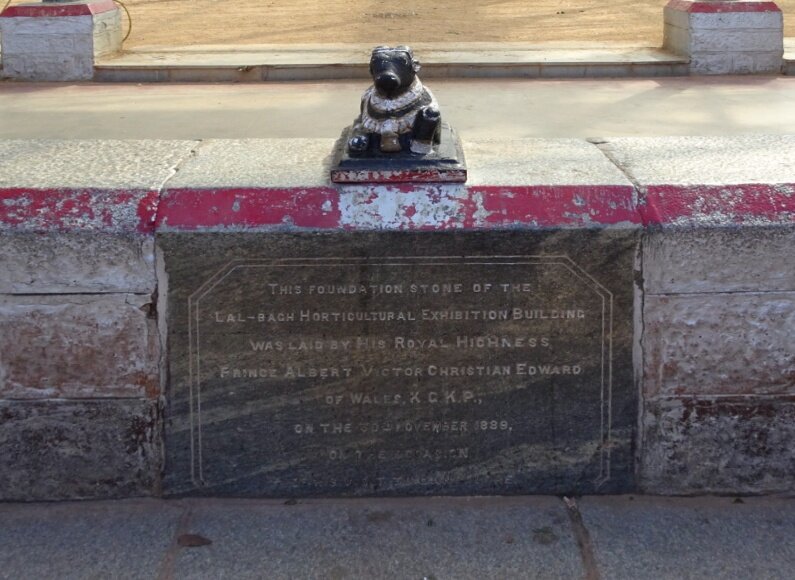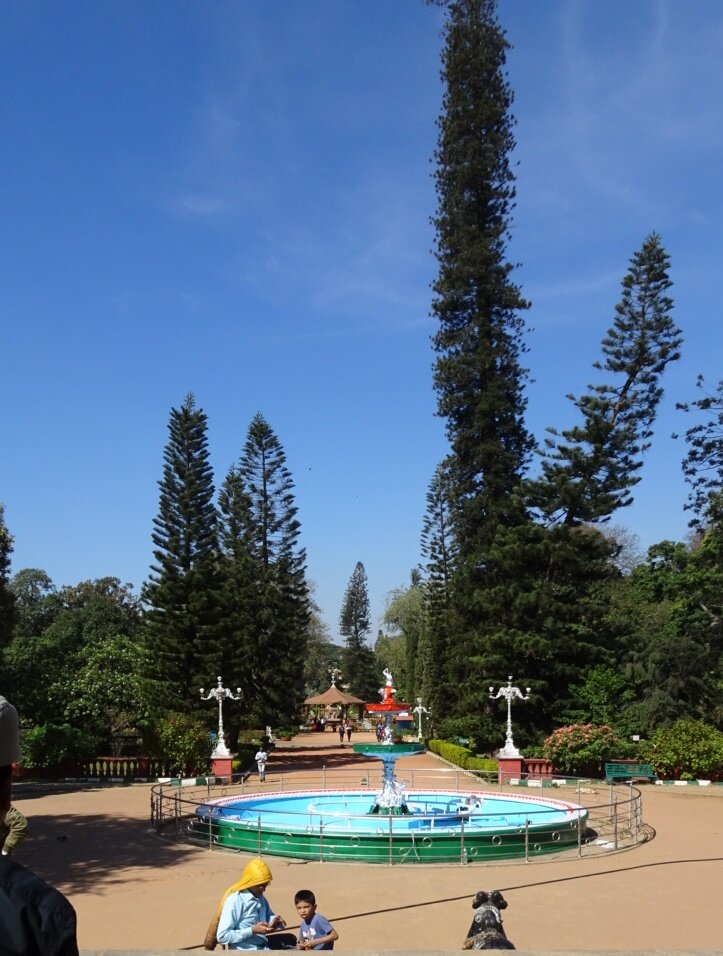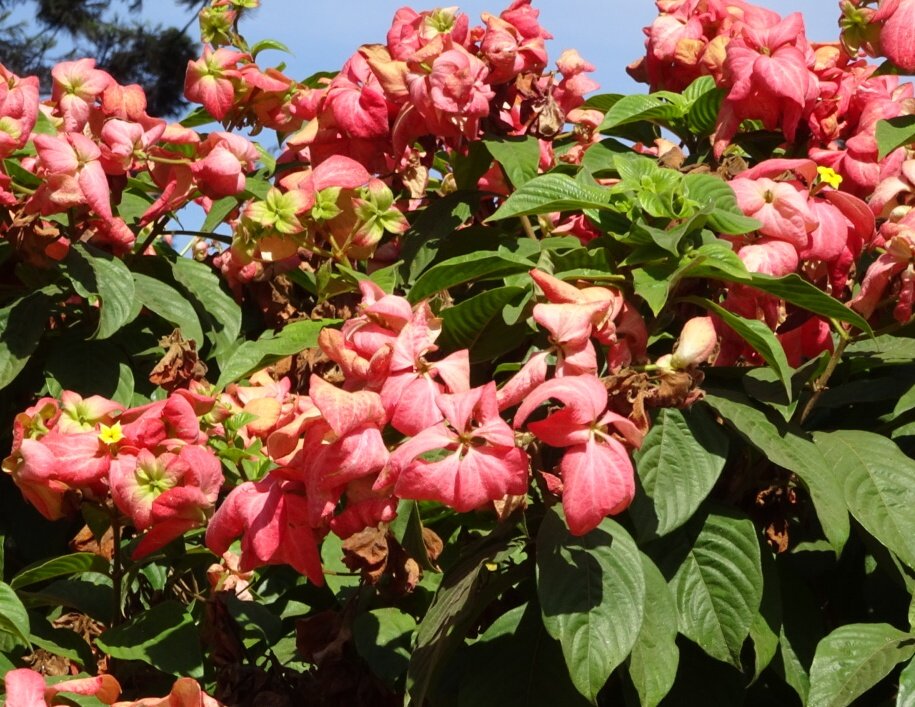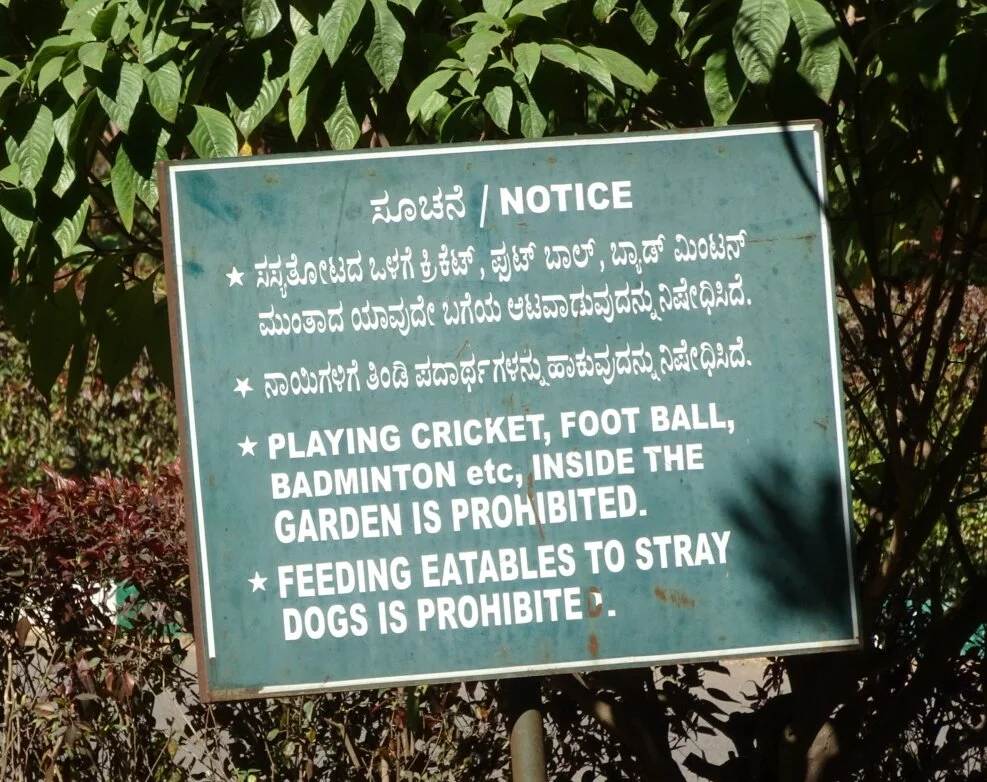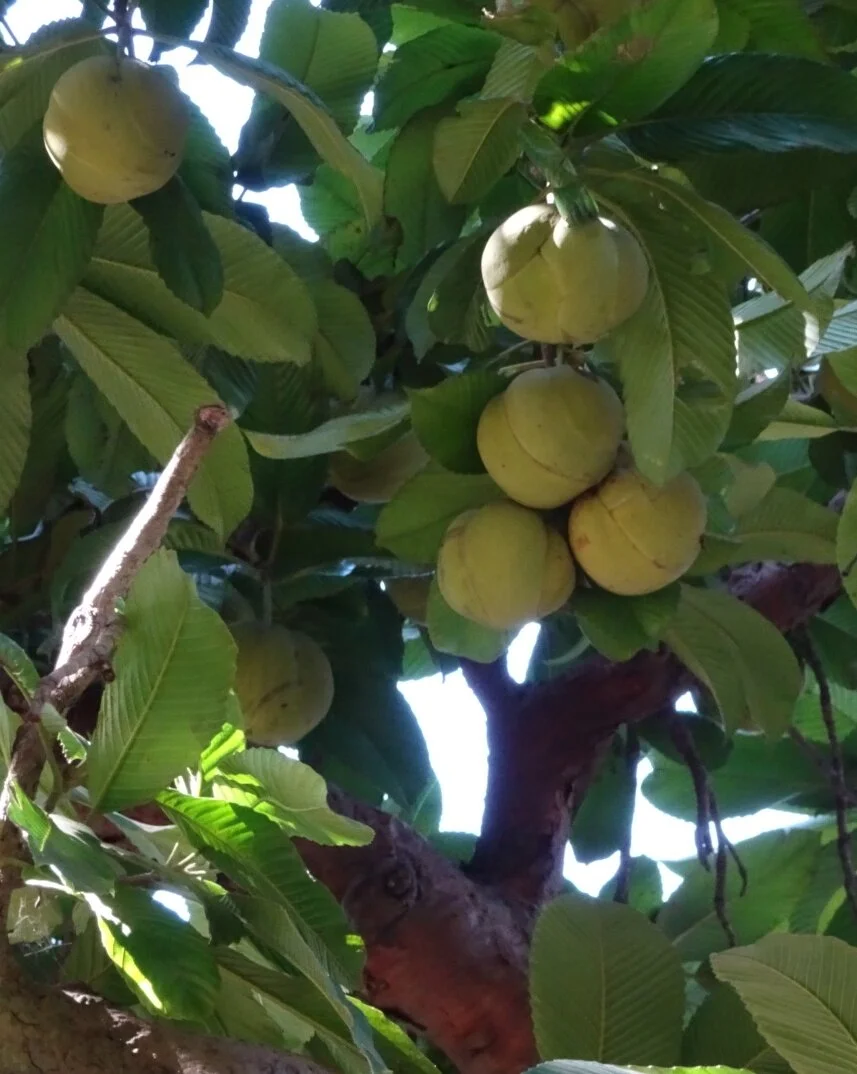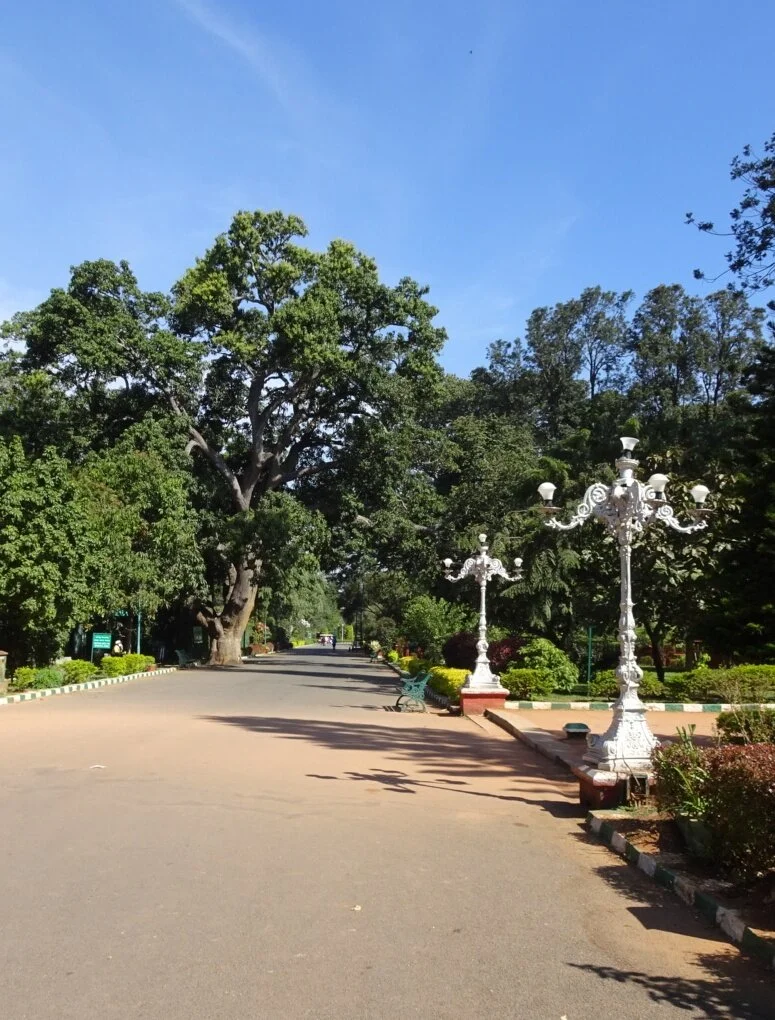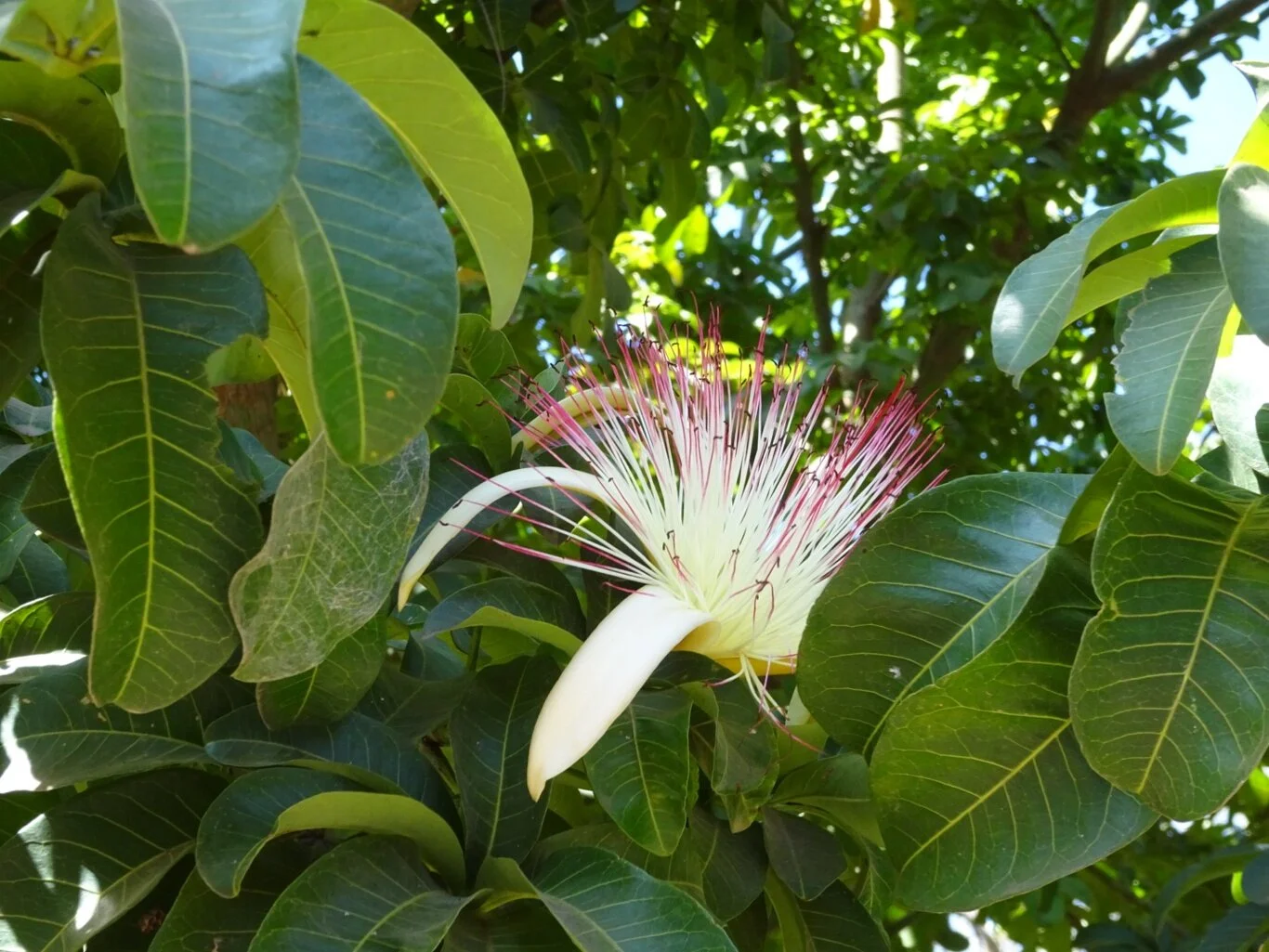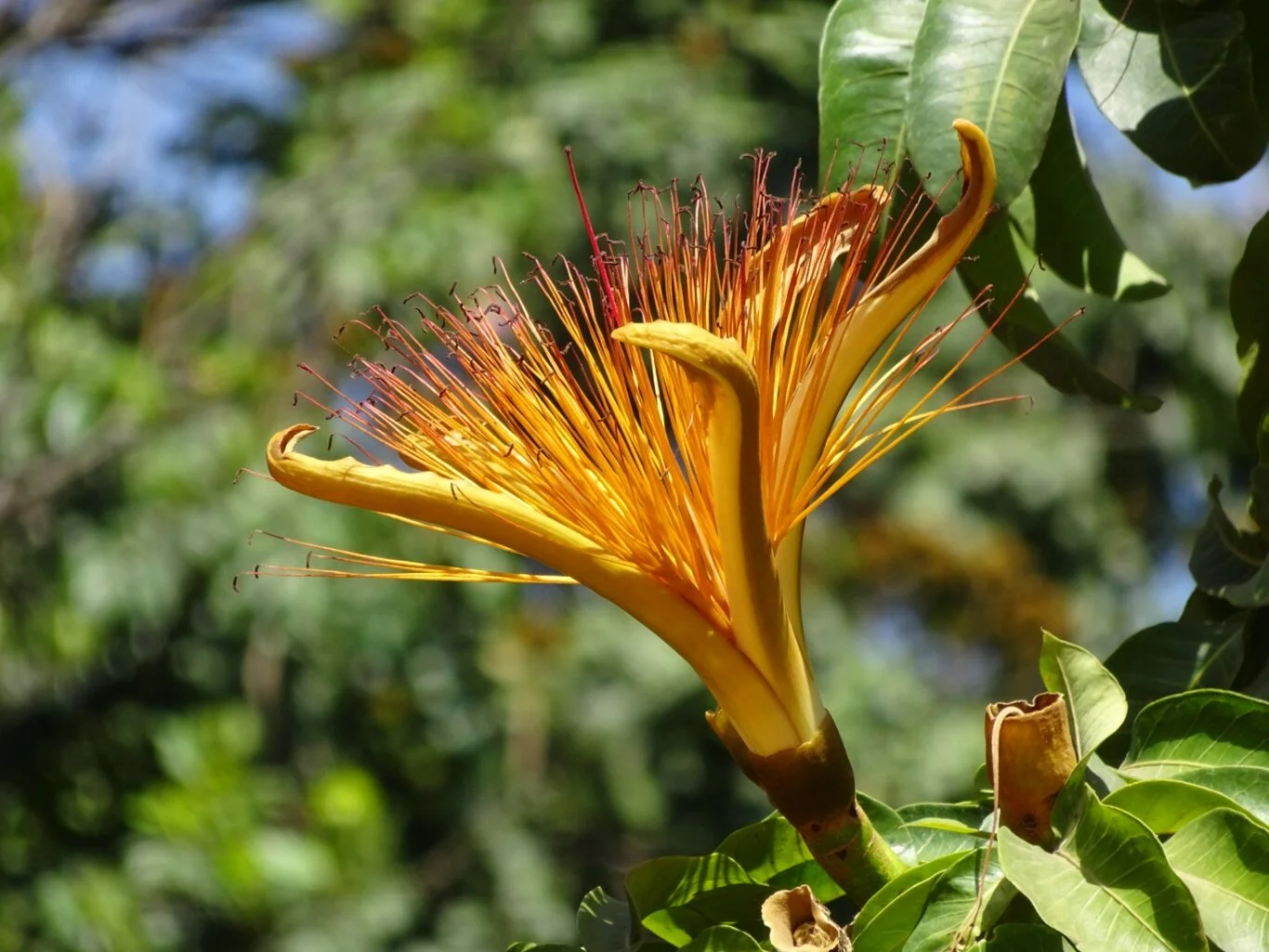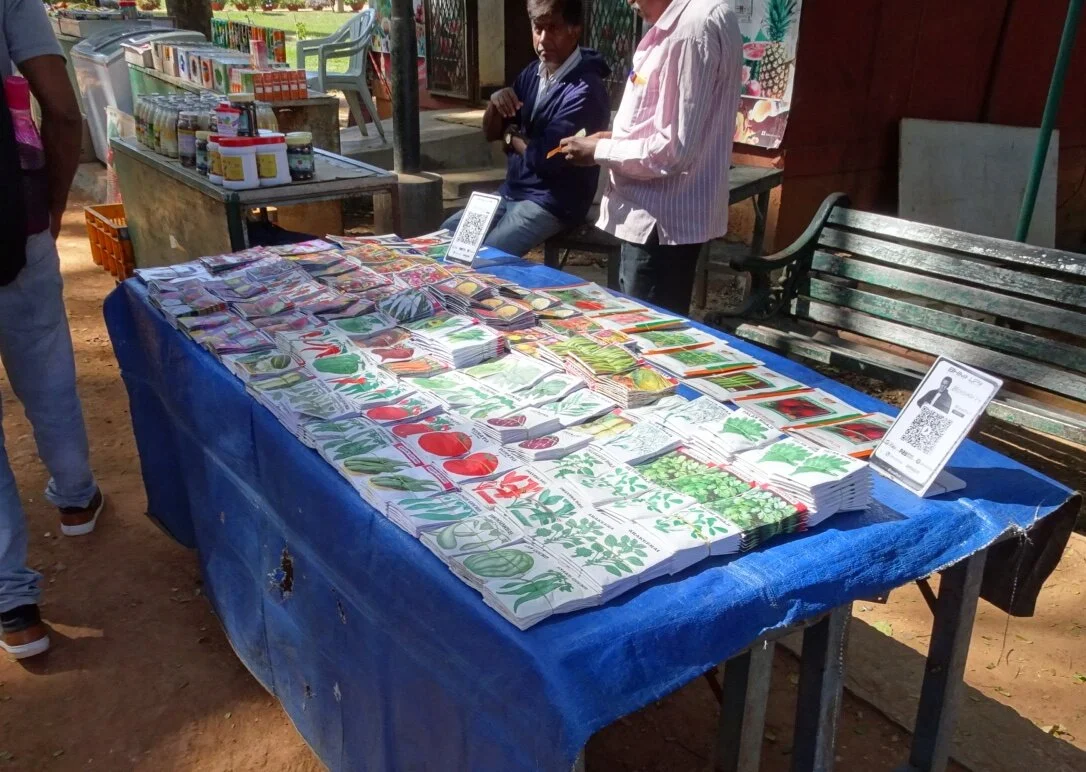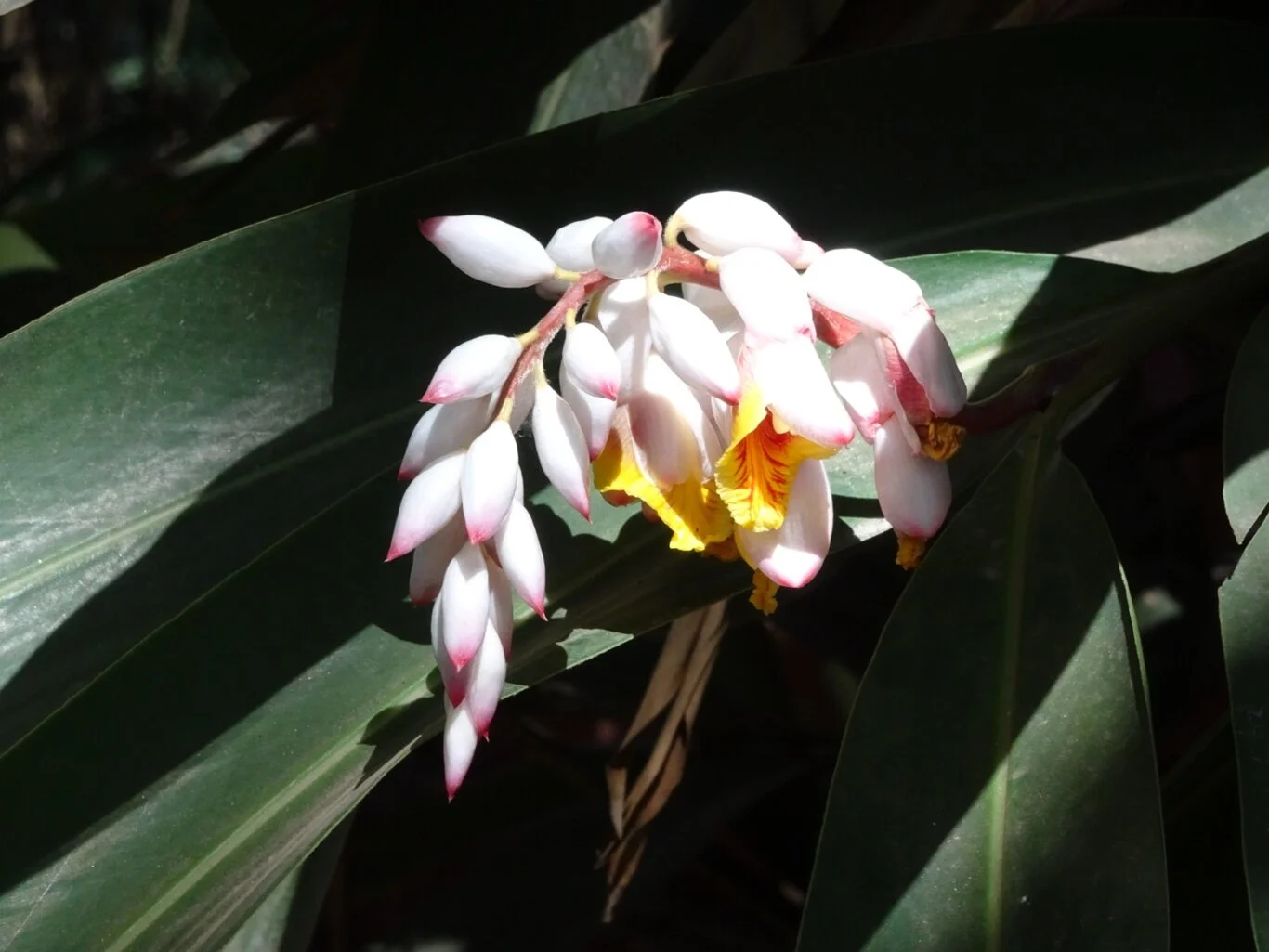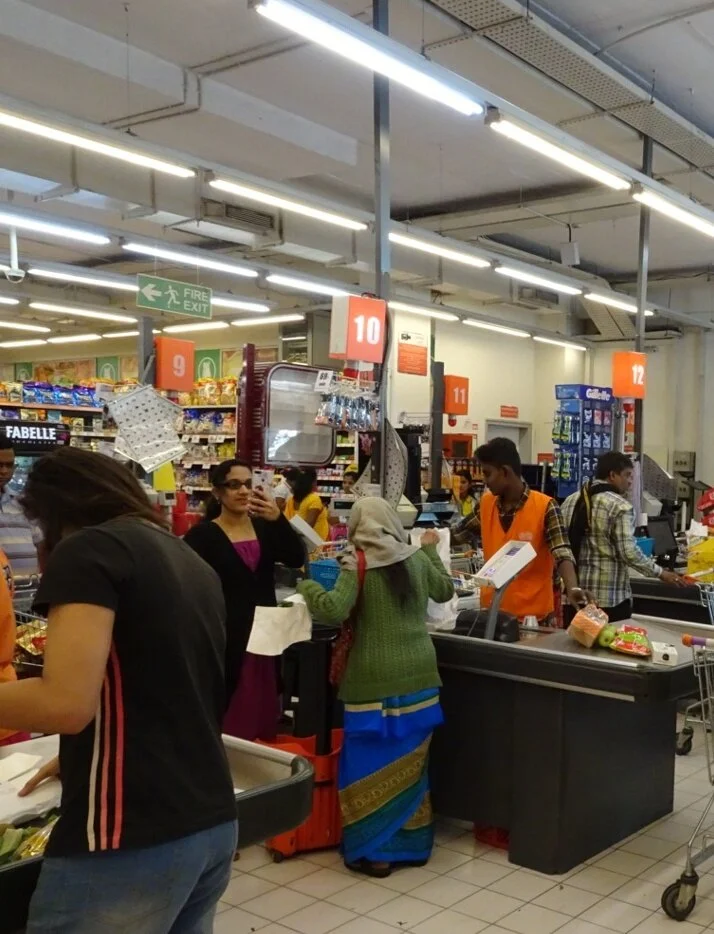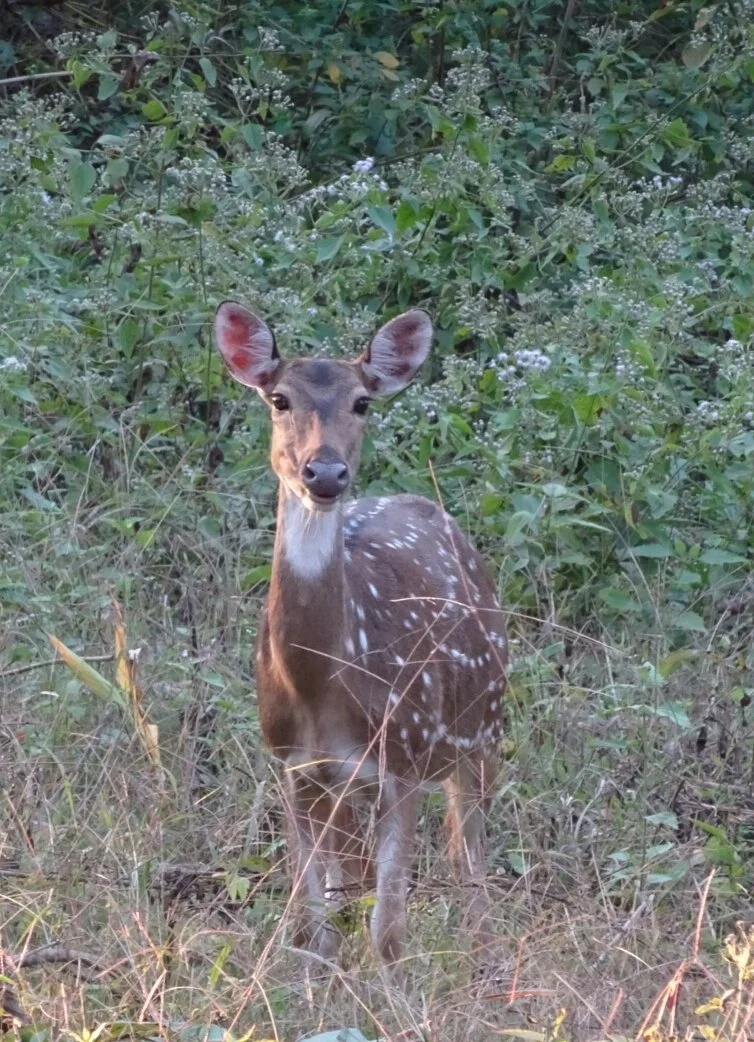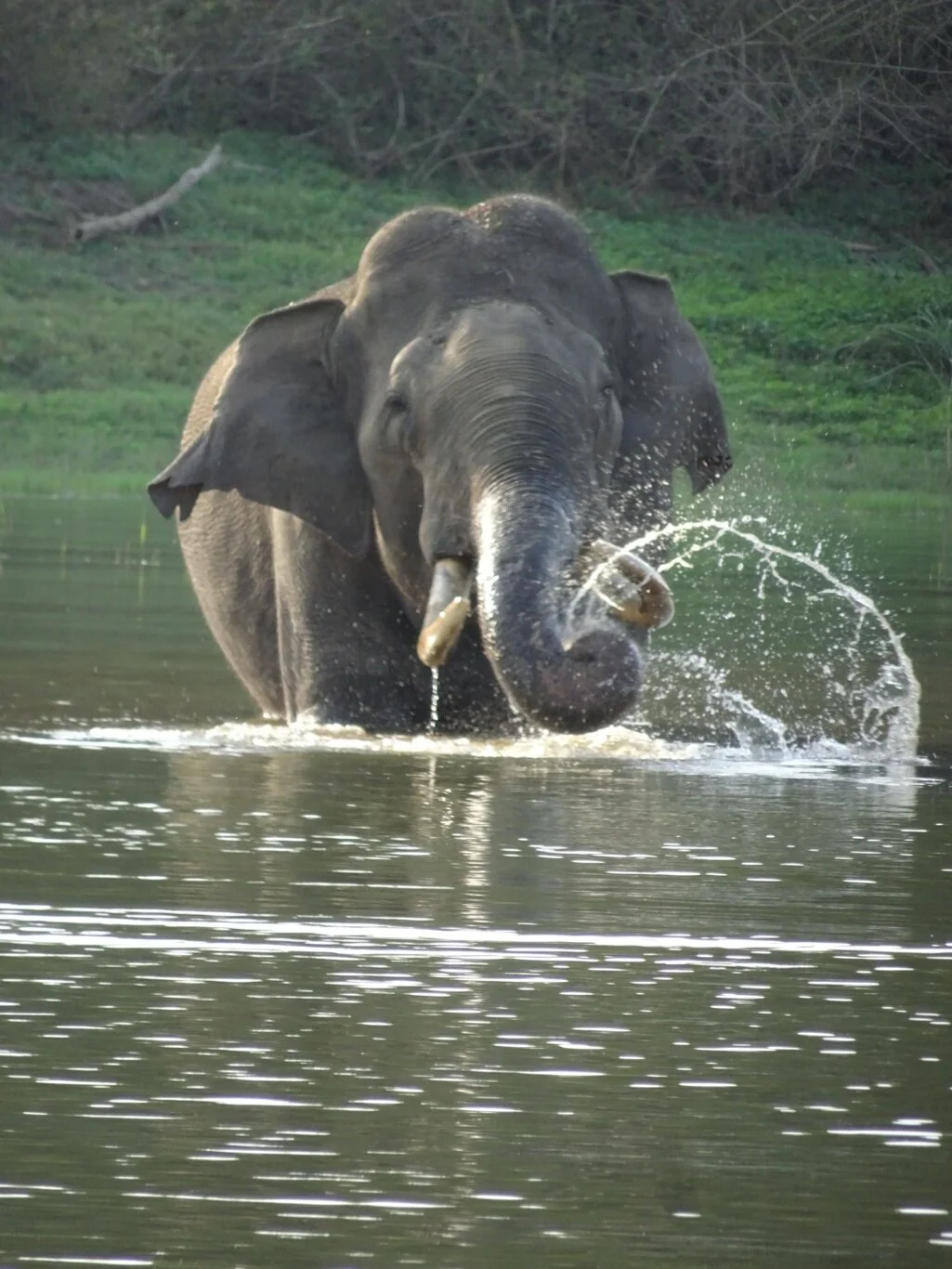The Garden City
Bengaluru is known as the Garden City because of the number of green spaces and the tree lined avenues and the family horticulturalist was looking forward to our visit to the Lal Bagh garden this morning . Lal Bagh would appear to be the equivalent of our Kew Gardens, though whether or not that was the case remained to be seen!
We passed the state government buildings on the way to the garden, the Vidhana Soudha. A spectacular structure, we were disappointed to find that the bright sunshine was in exactly the wrong place for a decent photograph…nothing we could do, sadly.
We took our photographs and listened to Chinda, our guide, but didn’t hang around - Sheka was there with our car, ready to whisk us off to the garden.
But Sheka also realised what was going on and did a quick detour around the other side of the parliament buildings, doing a U turn so that we could get our photos. Good man!
The traffic in this part of Bengaluru is restricted, so in no time at all we were entering the garden where Chinda sorted out tickets for our cameras.
There seems to be some random classification about cameras here and we found similar rules applied in the National Park. Phone cameras need no ticket, “small cameras” are also ok (my compact camera hasn’t needed one previously) but anything larger needs a permit. These three chaps appeared to have the last word on such things and on this occasion, both Amy and I needed to pay the princely sum of 60 Rps each.
At least a receipt was issued.
Our first stop within the park was the “stone” - a National Landmark which we felt no need to climb; we left that to the youngsters!
Nice sign!
Amy did a quick scoot around the Bonsai garden whilst we were here, too.
Now, I’m no botanist and have no real knowledge of plant names, so I was glad of the clear labels. Chindra seemed pretty good on names too, though his heavily accented English was occasionally difficult to understand. The main thing is, he knew the park well and could ensure we - Amy - didn’t miss anything important.
So, forgive me for not remembering the names of these plants and simply registering their variety and beauty.
In describing the importance of the garden, Chindra had gone into detail about the glasshouse and the connections with the British Royal family. He was keen to show us the foundation stone, laid by Prince Albert.
Except that, on closer inspection, although the inscription bears the name Prince Albert this was not the Prince Albert Chindra had thought (husband of Queen Victoria) but Prince Albert her grandson who made an extensive tour of India in 1889. It’s useful to have two historians in the family at such times!
The greenhouse itself was a bit of a disappointment, being empty save for the early stages of preparations for the Flower show in a couple of weeks time. Shame we couldn’t visit whilst it’s on, though I suspect that would be an altogether different experience.
The gardens were laid out in the traditional manner of such places, with a framework of wide paths with long vistas, a fountain and a bandstand.
Chindra called us over to take note of this plant, because, he said, the flowers are not really the flowers. As soon as we got closer, we recognised it as being rather like our poinsettias - though he gave it a different name.
Indian notices like this always raise a smile!
I don’t think we’d be smiling if one of these jackfruit fell on our head, however! We’ve noticed the coconut palms in the hotel are netted to prevent falling coconuts.
We continued our walk around the gardens, now with company in the form of two stray dogs and a couple of small boys. One is never short of a friend or two in India…
Chindra drew our attention to this spectacular flower on a rather unassuming tree. I had caught sight of the flowers on another branch already
but only now did I realise the huge colour range the flowers transition through - I think these are just going over, judging from the colour of the fallen blossoms on the ground beneath.
We didn’t take a closer look at the bandstand, because eyes had fallen on something more interesting.
A seed sales table! Not quite the horticulturalist’s dream but some potential swapsies for colleagues, for sure.
Chindra was skilled at finding the hidden gems, including this marvellous specimen which we’d likely have overlooked, for it was mostly covered by the large leaves.
The huge buttress roots on these old trees were amazing and had created some wonderful shapes.
But we were almost back where we started and reaching the area of statues and memorials to the great and the good. Our little friends and both stray dogs had lost interest and gone off in search of new friends too.
But Chindra had one last tree he wanted to share with us; the Cannonball tree.
At this point, I might have basked in the glory of my previous knowledge! Not only did I remember the secret of this tree, but I remembered the exact place where I had seen one before. (Yes, of course I blogged about it!)
With just a passing glance at the Floral Clock (and a short reminisce from my Hero and I about floral clocks in the seaside towns of our childhood…) it was time to go. Time to return to the hotel and begin to pack. Sheka will pick us up from the hotel at 3am tomorrow morning and drive us to the airport for our 7am flight home.
Oh my word.








